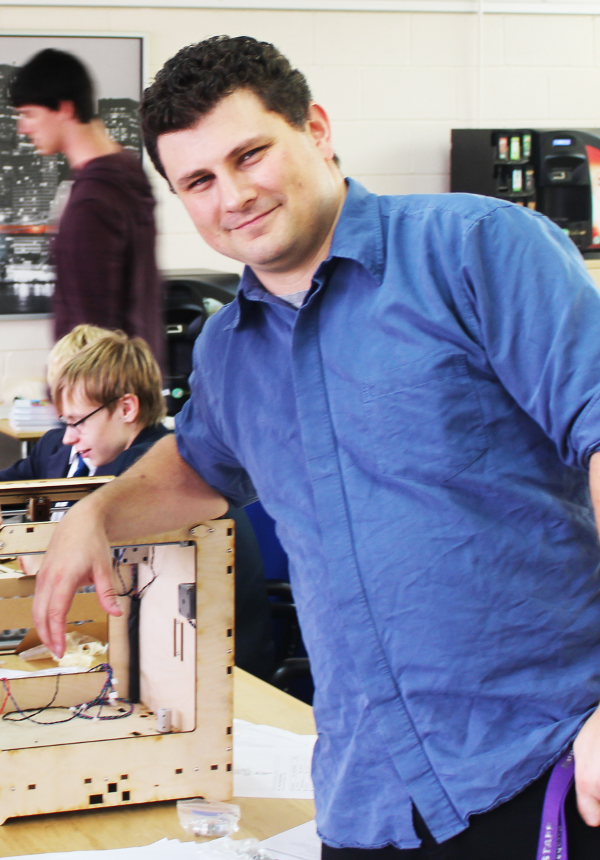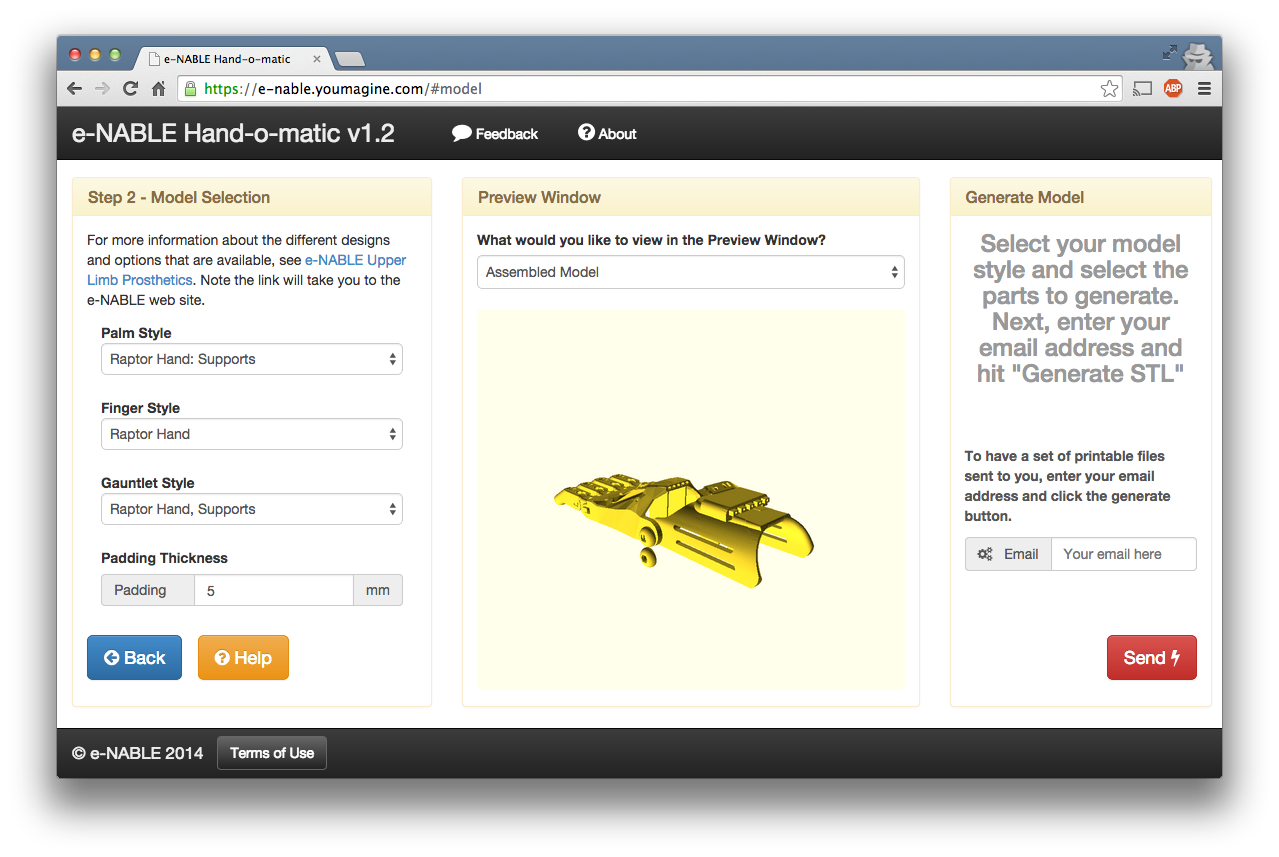New York based artist Bradley Theodore makes work that bridges street art, fashion, music and technology. He’s worked on murals in the streets of New York and Hong Kong; done cover art for albums for the Wu Tang Clan, created art for Def Jam, Universal Records, Sony, IAM, Wu-Wear and deployed his painting skills on people, plates and many other media. He makes paintings and murals depicting Anna Wintour & skulls while playfully exploring company logos and popular culture. Bradley has been experimenting with 3D printing for a few years now doing work for music labels as well as his own autonomous pieces. I wanted to get an artists perspective on 3D printing and was intrigued by his work, so asked him for an interview.

Bradley Theodore
Joris Peels: How did you come into contact with 3D printing?
Bradley Theodore: I used to make a lot of vinyl toys. I’d do them myself or have to order pieces in China. I also did graphic work working with for other people. I don’t like deadlines, I want to work at my own pace. If you work for or with people you have people calling you all the time. If you work with a factory to get things manufactured you are very dependent on other people. I was confident I could make things in 3D. I wanted to be independent, to work alone, to be free. Be in a place where I can create within my own serenity, in a bubble, with one visual energy at my own pace. A friend of mine owed me some money so he ended up giving me a 3D printer to repay me.

Cultural icons, popular culture, painted by Bradley Theodore
A lot of artists can’t work with 3D printing directly because they don’t have any 3D modeling skills. How did you acquire them?
I learned how to 3D model in school. I’m really glad that the School of Visual arts gave us 3D modeling classes. I experimented and taught myself more after that. Whats really important is to beyond the basics, acquire good 3D modeling habits. If you don’t learn the good 3D modeling habits, you hack out bad models. I’m still learning and experimenting and I’ve worked with Zbrush and now I’m doing most of my work in Blender.

Face painted by Bradley Theodore
How do you make 3D printed work?
For my 3D printed work I may sketch first on paper but most often jump right into the 3D modeling application. Sometimes I’m making something that is made first in 3D. But, often I’m trying to translate an existing work into 3D. I’ll have a mural or painting and now will make a 3D printed work based on it. After the work is 3D printed I paint it myself. This lets me ad a personal touch to the 3D print.

3D printed Wu Tang piece by Bradley Theodore
Do you think that automated manufacturing technologies such as 3D printing pose a threat to art? Does 3D printed piece have value? After all it could be replicated?
I think that too much reliance on technology may pose a risk to some art objects. This diminishes their value. For some artists its all about the concept, materials and process. This is where they derive their value from. This makes these works not easy to replicate. For my own work it is important to me that I paint the pieces. By painting the color on myself I feel that the “colors are my colors”, it makes each piece individual.

Selected work by Bradley Theodore
Don’t you worry that anyone could do what you do?
Everyone can do what I’m doing. Everyone is an artist & all of us could be artists. Art is one of the things that makes you an individual. It is just that each generation has some artists whose voices are heard louder than others.
Why do you make art?
I make art because I need to. Art to me is producing something that exists in order to make someone feel good. To make someone happy with a piece they like. A work that they like seeing & experiencing, in the street or in their own home.

What are some of the advantages of 3D printing for you as an artist?
3D printing is an enabler for me. It lets me produce work when I want to make it. I can work at my own pace and manufacture things in my own studio. I can create with myself, by myself. I imagine this, I can make this, I can paint it, do anything I want, make it however I want. You don’t have to work with somebody or rely on external parties. It gives me the freedom to make.
What are some of the 3D printed pieces that you’ve made?
I was asked to do some work for a Wu Tang art show and I’ve made pieces for collectors.
What are some of the limitations for you?
I want to make really large things. I am looking to make life sized 3D printed sculpture. This is currently not possible with the desktop machines. I’m trying to find out how to best make large scale 3D printing pieces. There are challenges with the technology but on the whole it enables me.
What will the future hold for you?
At the moment I’m making work. I have 3D printed pieces and paintings. I’m thinking about doing a gallery show next year. Beyond this it is my dream to start an art fab lab on the Turks & Caicos where I am from. A sculpture garden with a studio space. People could then come by get inspired and use machines such as 3D printers to create. To be able to create in a peaceful serene environment like that would be great not only for me but for neighbors and kids as well. Something like this is especially valuable for countries that don’t have a lot of manufacturing. It could teach kids important skills such as engineering, 3D modeling, let them make everyday items and all the while letting them also make art.
I don’t like deadline, work at my own pace. people calling



























